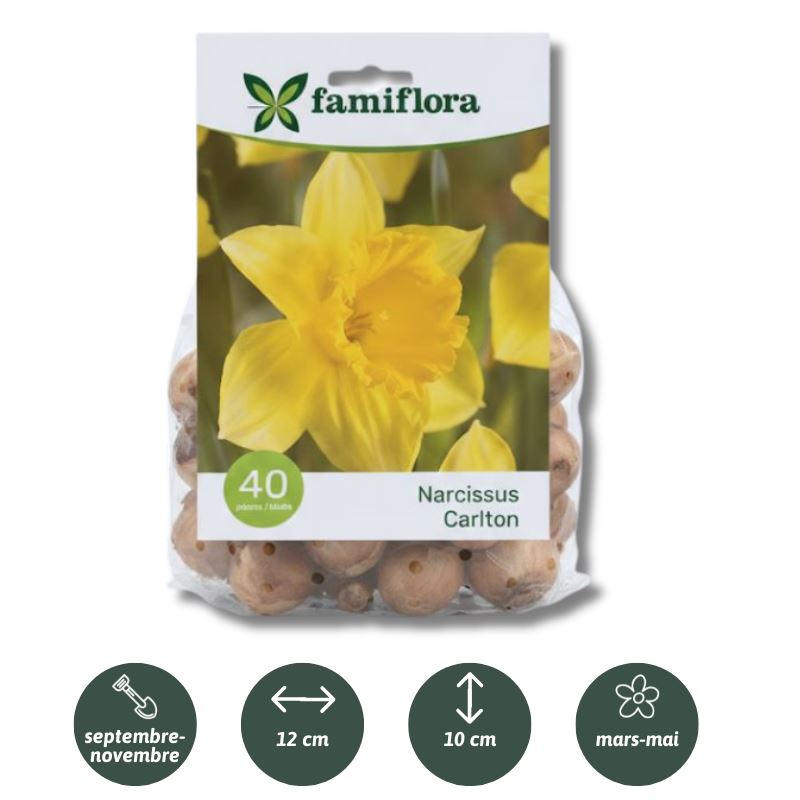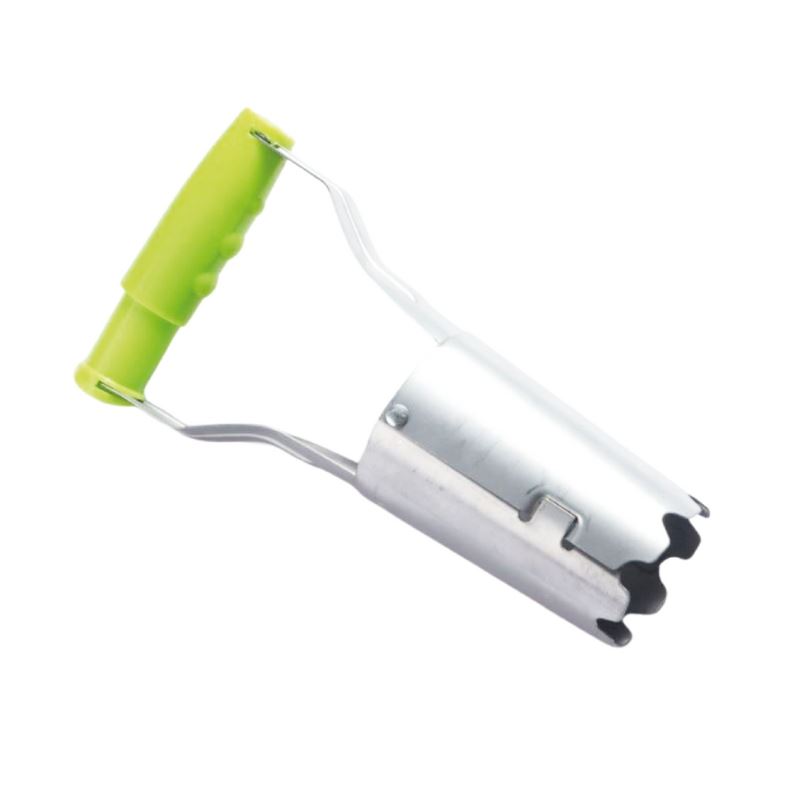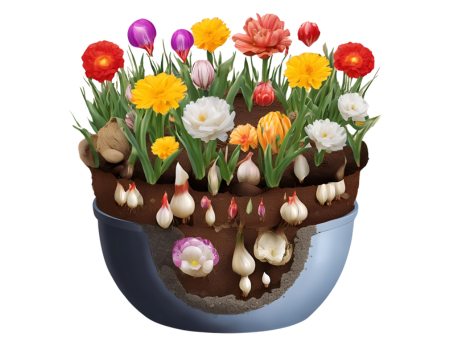What types of flower bulbs are there?
You can roughly divide flower bulbs into two major groups: spring-flowering bulbs and summer-flowering bulbs. It is important to plant them at the right time. Spring-flowering bulbs such as tulips, crocuses and daffodils are planted from September to December, before the first night frost. This is because these bulbs still need a frost period so they can bloom beautifully during spring.
Summer-flowering bulbs, such as dahlias, lilies, alliums, begonias and gladioli, are planted in spring, between March and May. They absolutely do not like frost, so these cheerful summer bloomers need the warm spring to shine brightly.
Flower bulb names can be a little confusing, by the way. For instance, you plant ‘autumn flower bulbs’ in autumn, but they flower in spring. Whereas ‘spring flower bulbs’ are planted in spring and shine in summer!
Buy your flower bulbs here 👇
Spring flowering bulbs Summer flowering bulbs
Where should I plant the flower bulbs?
Find a sunny spot for the bulbs in well-drained soil. Spring-flowering bulbs should be planted under trees or bushes in your garden. They will already have finished flowering by the time the trees or shrubs get their full foliage. This way, they can still enjoy the spring sunshine!
How deep should I plant the flower bulbs?
You can always find the planting depth on the packaging of the flower bulbs. The rule of thumb is that the planting hole should be 2 to 3 times as deep as the height of the bulb. A handy tool to do this effortlessly is the flower bulb planter! Don't plant the flower bulbs too close together either, so they have room to grow and flower. You can also easily find the right planting distance on the packaging.
Tips for planting!
- Make sure the tip of the bulb points upwards while planting. The flowers will grow from there.
- Avoid too wet soil, as flower bulbs really don't like that. A slightly moist soil is perfect to prevent them from rotting.
- Loosen the soil with a spade or rake to ensure airy soil and better rooting for the flower bulbs.
- Are you planting the bulbs in a pot? Choose a pot with holes at the bottom so that excess water can drain easily. This will prevent your flower bulbs from rotting! First fill the planter with a layer of hydro grains. These fired clay granules ensure optimal drainage and water distribution. You can also simply rinse them off and reuse.
Tip from Marcel: try making a bulb lasagne!
Although the term may be misleading and remind you of the delicious Italian dish, this lasagne is not edible. The idea is simple: just like a real lasagne, stack the flower bulbs in layers. Start at the bottom with the bulbs that bloom last, like tulips. On top come a layer of daffodils, and you finish with crocuses, which are the first to show their flowers. This way, you enjoy colourful, continuous flowering all spring long. You can of course do the same with summer flowers, or mix spring and summer flowers in one planter.
What do I do with the bulbs after they have finished flowering?
Cut off the wilted flowers, this way the plant can store all its energy instead of making new seeds. Let the leaves calmly yellow and dry out - even if it doesn't look very pretty - before cutting them short.
And what about flower bulbs during winter?
Since summer-flowering flower bulbs are frost-sensitive, they cannot stay in the ground during winter. When they have finished flowering and the first night frost arrives, it is time to dig them up and store them in their winter quarters. Cut off the stems and let the bulbs dry for a few days. Then put them on some newspaper or in a box, in a cool, dry (and especially frost-free!) place. Next spring, you can give them another spot in the garden.
The spring flowering bulbs can stay in the ground!
Tip: Choose naturalising bulbs for perennial enjoyment!
Naturalising bulbs are flower bulbs that propagate themselves year after year and flower again each year, without the need to dig them out or replant them. This makes your garden a little more full and colourful every year! Well-known varieties include blue grapes (Muscari), snowdrop (Galanthus), crocus (Crocus), wood anemone (Anemone nemorosa), star hyacinth (Scilla siberica)...
















